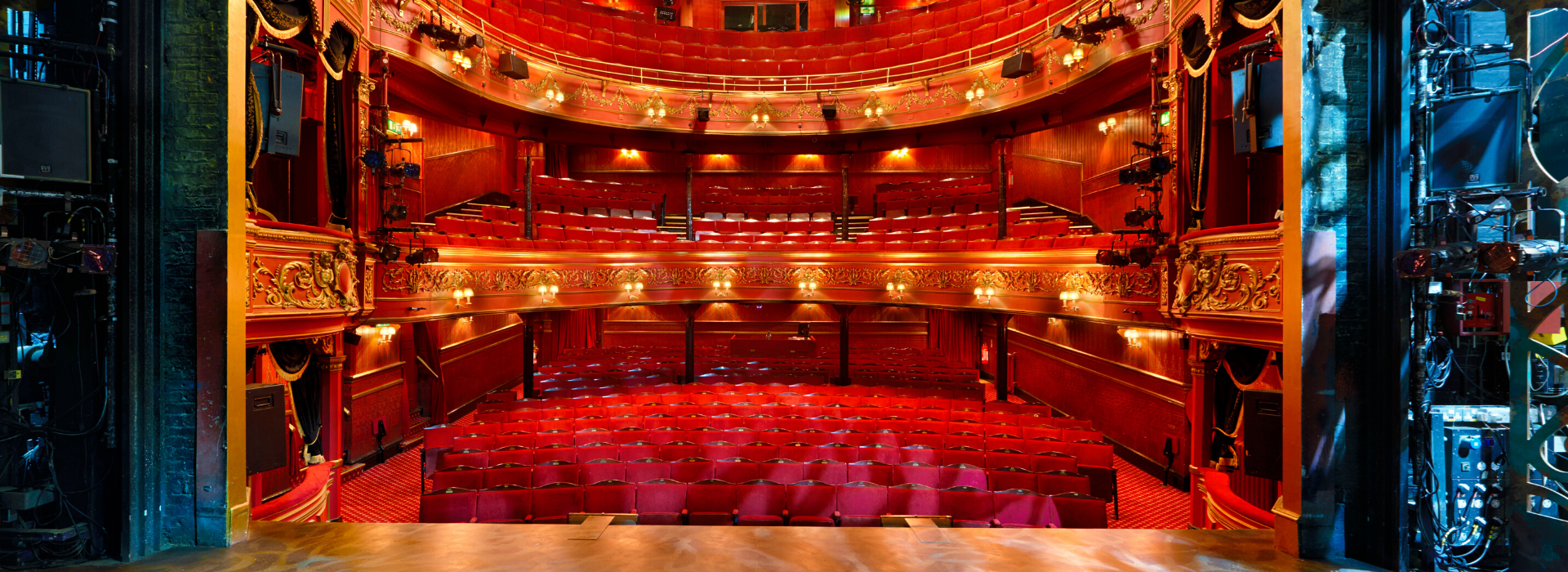
- Home
- News/Blogs/Press
- Celebrating the Legacy of Theatre Architect Frank Matcham
Celebrating the Legacy of Theatre Architect Frank Matcham
Sun 17 May 2020 marks the 100th anniversary of the death of British architect Frank Matcham, who is well known for his designs of theatres and music halls. During his 40-year career, Matcham foresaw the construction of over 90 theatres as well as the refurbishment of 80 theatres across the United Kingdom, including the redesign of our auditorium in 1902!
Born on 22 November 1854 in Devon, Matcham was the second of nine children and the eldest son of Charles Matcham, a brewer and Elizabeth Lancaster. From a young age, Matcham showed early interest in architecture and began an apprenticeship under local architect George Soundon Bridgeman until he was offered a job as a quantity surveyor in London.
During his spare time, Matcham explored an array of buildings 19th century London had to offer but most importantly, he had taken a liking to theatres and music halls and in 1875, Matcham accepted an offer to work at Jericho T Robinson’s office but in 1875, his time working under Robinson was cut short by his unexpected passing. With the blessing of his family, Matcham was entrusted with Robinson’s designs to continue his work, including the refurbishment of Elephant and Castle Theatre and Cambridge Music Hall in Shoreditch. From 1891 to 1913, Matcham’s reputation boomed as he led the designs and refurbishments under Matcham & Co on various theatres, some of which are still around today! These include the Bristol and London Hippodromes, Hackney Empire and King’s Theatre, Glasgow.
If you step into a theatre designed by Frank Matcham, you will instantly notice the architecture within the auditorium. Each theatre was designed uniquely and paid homage to a variety of different styles, for instance Baroque and Renaissance art. Matcham also cleverly adapted the layouts and infrastructure of these theatres to provide comfortable seating, exits and electrical lighting within the auditorium to prevent fires and the removal of pillars so audiences could have a more immersive experience. Matcham also influenced the acoustics by designing each theatre circular to allow the noise transmission to reach the entire space so that each audience member could hear the actor’s dialogues. However in the 20th century, black box spaces became the preferred option in theatre redesign, resulting in the closure and demolition of a vast number of Matcham’s theatres, with only 26 currently surviving.
Described by admirer Alan Bennet as the “greatest theatre architect”, Matcham’s style introduced a new way to view and appreciate the art of theatre, as the surroundings and artistry enhance audiences' experiences and expectations of the art through just the admission of a ticket or even perhaps a tour of the auditorium.
Frank Matcham's legacy will be celebrated on Sun 17 May - look out for #Matcham100 on social media to see more of Frank Matcham's incredible work.
To find out more about Frank Matcham, visit the Frank Matcham Society website!
Auditorium Photography by Peter Dazeley

